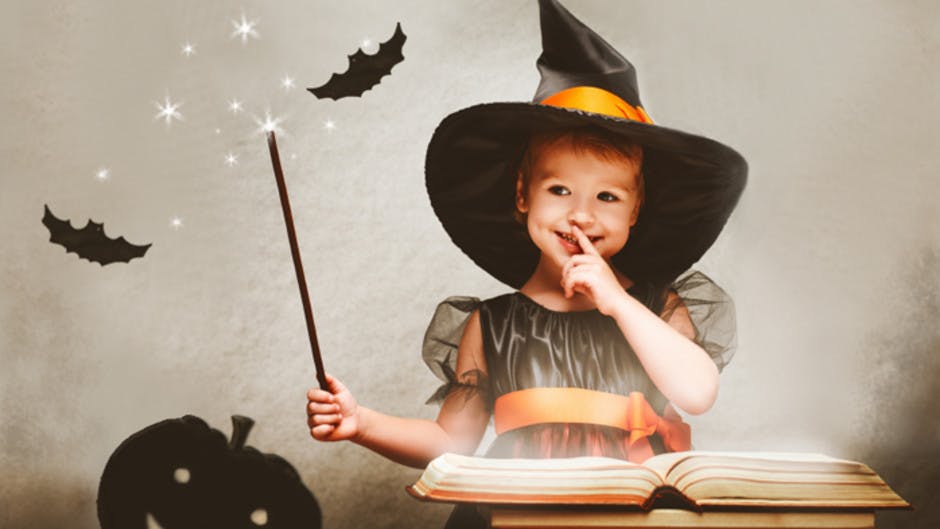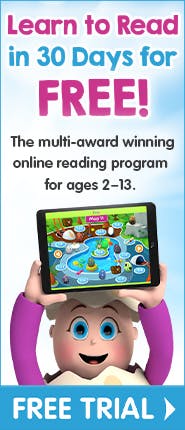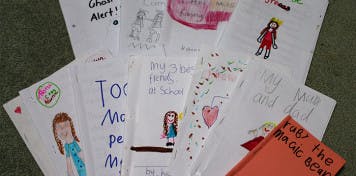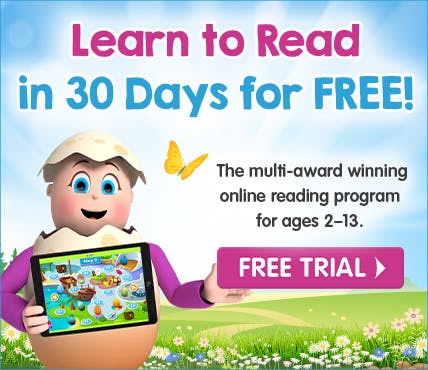


6 Fun and Educational Halloween Activities

Celebrate the spooky season with fun Halloween learning activities that build essential reading and writing skills.
The spooky season is the best time to spark your child's imagination, creativity and sense of wonder, setting up the perfect opportunity to practise essential reading and writing skills.
Here are six fun and educational Halloween activities designed to increase your child's literacy skills and help you get into the spirit of the festivities.
1. Find costume inspiration in books
If your child hasn't decided which character they'd like to dress up as for Halloween, search for some inspiration from a variety of children's books, rather than television shows and films. This will give even the most reluctant of readers some extra motivation to read and explore new titles and genres. Check out our Book Week costume ideas article to get started.
Sit down together and help them write a simple list of ideal character traits and features, for example: funny voice, dresses in green, owns a pet, kind to people, wears glasses.
Once you have your list, visit your local library and choose a few different picture books you can read together. Ask the librarian for advice on where to look or do a bit of research online beforehand. After reading each book, your child can make a tally of how many desired traits each new character exhibits.
2. Halloween word list
Creepy. Ghostly. Eerie. Enchanting. There are so many interesting and exciting words associated with Halloween! Holidays and traditions are a great opportunity to introduce new words into your child's vocabulary. Take a large sheet of construction paper and write the heading 'Halloween Words'. Divide the paper into three columns and label each column with a category, depending on your child's age. You may choose simple categories such as foods, costumes and characters, or more complex ones such as sounds, emotions and adjectives (words that describe nouns).
Brainstorm a list of words for each category and add some new ones, too. Once the word list is complete, help your child decorate it with drawings that represent each word (e.g. pumpkins, lanterns, witches, ghouls, cauldron, cobwebs, haunted). Display it on a wall and use it as a guide for activities four and six below.
3. Trick‑or‑treating role‑play
One of the most exciting things about Halloween for young children is trick‑or‑treating. Whether you're going out or staying in this Halloween, a super fun way to get into the spooky spirit is to role‑play trick‑or‑treating with your children at home. Ask them to dress up, get into character, do funny voices and recite their lines – they'll love it!
Children gain so much from imaginative play, and Halloween provides the perfect opportunity to spark your child's imagination and build important literacy skills through role‑play. Practise trick‑or‑treating around the home or backyard (you can even try decorating cardboard box houses to trick‑or‑treat at!) to help your child get into character. Do they have a funny laugh? What does their voice sound like? What is something they would say? Invite your child to try out their routine on you, and don't be afraid to improvise!
You can also help them re‑enact stories if their characters are derived from books. This will help build their comprehension skills and understanding of narrative structure. Choose books that include new words that will help expand their vocabulary in a fun and motivating way. For example, if your child is dressing up as a teacher, include as many related words as possible (e.g. classroom, students, blackboard, desk, books, learning, reading).
4. 'When I think of Halloween' writing exercise
Encourage your child to sit down and think about all of the things they associate with Halloween (use your word list from activity two). Write a poem titled 'When I think of Halloween', made up of three stanzas that include six lines each. Write the beginning of each line for your child and have them fill in the end by inserting specific words.
Begin the first line for your child with 'When I think of Halloween, I think of' and have them write two special features of Halloween. Then begin the following lines with prompts such as 'I see', 'I feel', 'I pretend', 'I wonder', 'I try' and so on. Close the poem by repeating the first line.
For younger children, try writing an acrostic poem by putting the letters in 'Halloween' down the side of the page. Then go back to each letter and have your child write a word, phrase or sentence that begins with that letter to describe Halloween. Check out our article for more tips on how to help your child write a poem.
5. Spooky story starters
This is a fun activity that the whole family can play together. Have one person start an original Halloween story by saying one line (e.g. “There was a thump in the middle of the night…”). Then go around in a circle so that each person contributes a sentence to the story. This activity can be done orally or by taking turns writing a sentence and folding the paper so that the next person can only see the last few words (this usually results in a nonsensical plot line that's guaranteed for laughs!). As a great memento, you can also create a homemade book about Halloween and encourage your child to add their own illustrations, too! Have them read some spooky and scary stories for kids to fire up their imagination.
6. Halloween Scavenger Hunt
A scavenger hunt is a wonderful way to celebrate Halloween. It can be done inside your home or around the neighbourhood and is something your child will have a blast taking part in! Have them help you draw up a list of Halloween items (use your word list from activity two), turning it into a worksheet with a title and a checkbox for each item. Ask them where the title should go and how they’d like to space out each item on their checklist. How many items should they include? Should they draw pictures as well? This is a great way to get them excited about new vocabulary words, practise their penmanship and drawing skills and think creatively about basic design layout!
Try ABC Reading Eggs for FREE!
ABC Reading Eggs makes learning to read easy and fun for children aged 2–13. Based on solid scientific research, the program is proven to increase reading levels in just 15 minutes a day!






